You are using an out of date browser. It may not display this or other websites correctly.
You should upgrade or use an alternative browser.
You should upgrade or use an alternative browser.
Favourite museums/galleries/places of culture in the UK
- Thread starter Abertawe
- Start date
Techno Natch
Well-Known Member
- Joined
- Jan 17, 2015
- Messages
- 1,794
- Reaction score
- 862
- Points
- 113
- Supports
- Bristol City
Thought the National war museum in Manchester was pretty good. It had a good section on the civilian loss of life in recent conflicts across the middle east.
There's a weird museum in Wales where they have a lamp made out of human skin from Nazi Germany and KKK memorabilia everywhere.
There's a weird museum in Wales where they have a lamp made out of human skin from Nazi Germany and KKK memorabilia everywhere.
T.A
Well-Known Member
- Joined
- Jan 17, 2015
- Messages
- 3,845
- Reaction score
- 1,635
- Points
- 113
- Supports
- Berry
Thought the National war museum in Manchester was pretty good. It had a good section on the civilian loss of life in recent conflicts across the middle east.
There's a weird museum in Wales where they have a lamp made out of human skin from Nazi Germany and KKK memorabilia everywhere.
Is that the one at Salford Quays?
- Joined
- Jan 17, 2015
- Messages
- 4,168
- Reaction score
- 1,420
- Points
- 113
- Supports
- Swansea
According to my investigations yes.Is that the one at Salford Quays?
T.A
Well-Known Member
- Joined
- Jan 17, 2015
- Messages
- 3,845
- Reaction score
- 1,635
- Points
- 113
- Supports
- Berry
According to my investigations yes.
Great place, had a lot of stuff on the two world wars when I last went.
BigDaveCUFC
Well-Known Member
- Joined
- Jan 18, 2015
- Messages
- 3,886
- Reaction score
- 744
- Points
- 113
- Supports
- Curzon Ashton....and Carlisle
Beamish in the north east is a much different museum based on it being a living 1940's town so its quite interesting and different
Train museum in York is excellent, want to get to the Bovington Tank museum but have been unable to so far.
Train museum in York is excellent, want to get to the Bovington Tank museum but have been unable to so far.
Son of Cod
Well-Known Member
- Joined
- Jan 17, 2015
- Messages
- 10,140
- Reaction score
- 7,141
- Points
- 113
- Location
- Faversham
- Supports
- Grimsby Town
I feel I need to take in more culture and learn more about his story. Where's good?
In the last few weeks I have been to a talk on The British Museum by Spencer de Grey and on a tour with one of the architects that worked on the project. I'd never been there before and didn't know much about it, but it's an interesting building and has some decent exhibitions on now. Also went to the Barbican on Friday to see the Basquiat show. Good exhibition and walking around the whole estate and not just the Arts Centre is a must if you go there.
Habbinalan
Well-Known Member
- Joined
- Jan 29, 2015
- Messages
- 2,999
- Reaction score
- 1,536
- Points
- 113
- Location
- Edge of the Fen
- Supports
- Cambridge United (and reminisces about Barrow AFC)
- @habbinalan
A must see next time you are in Reykjavik is
http://phallus.is/media/com_twojtoolbox/4843682732_813c3caf7d_o.jpg

http://phallus.is/media/com_twojtoolbox/4843682732_813c3caf7d_o.jpg

Last edited:
appletablepenny
Well-Known Member
- Joined
- Feb 7, 2015
- Messages
- 1,937
- Reaction score
- 567
- Points
- 113
- Supports
- Altrincham
Cornish Piskie
Well-Known Member
- Joined
- May 18, 2017
- Messages
- 450
- Reaction score
- 265
- Points
- 63
- Location
- Penzance, Cornwall
- Supports
- Charlton Athletic
Come to beautiful Kernow and see Shakespeare (or whatever else takes your fancy) performed here:
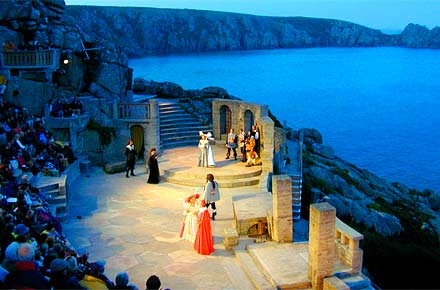
The Minack Theatre, carved into the cliff face at Porthcurno, just a few miles from Land's End. Bring a cushion to put under yer bum, as sitting on granite terracing for hours can be a bit harsh on the old botty.
Around 20 different productions take place during the season from Easter to September every year. We saw The Tempest when I first moved here and it was breathtaking. With the backdrop of the sea, and a sunset to die for, which turned into a balmy, moonlit summers evening, I have never experienced anything so atmospheric.
I was hooked. We see at least one production there every year now. Trust me, you'll love it.

The Minack Theatre, carved into the cliff face at Porthcurno, just a few miles from Land's End. Bring a cushion to put under yer bum, as sitting on granite terracing for hours can be a bit harsh on the old botty.
Around 20 different productions take place during the season from Easter to September every year. We saw The Tempest when I first moved here and it was breathtaking. With the backdrop of the sea, and a sunset to die for, which turned into a balmy, moonlit summers evening, I have never experienced anything so atmospheric.
I was hooked. We see at least one production there every year now. Trust me, you'll love it.
Camborne Gills
Well-Known Member
- Joined
- Jan 27, 2015
- Messages
- 2,465
- Reaction score
- 576
- Points
- 113
- Location
- TR14
- Supports
- Gillingham, Kent, Miami Dolphins, Castleford
The nearest thing we have to 'culture' here is the annual Trevithick Day parade in late April. Only really recommended if you like steam engines.
- Joined
- Aug 15, 2016
- Messages
- 4,113
- Reaction score
- 1,519
- Points
- 113
- Location
- Stairway To Heaven
- Supports
- a wife and now 2 cats
the burd seems to be staring quite intensely. Perhaps thoughts of comparison are going round in her head.A must see next time you are in Reykjavik is
http://phallus.is/media/com_twojtoolbox/4843682732_813c3caf7d_o.jpg

Habbinalan
Well-Known Member
- Joined
- Jan 29, 2015
- Messages
- 2,999
- Reaction score
- 1,536
- Points
- 113
- Location
- Edge of the Fen
- Supports
- Cambridge United (and reminisces about Barrow AFC)
- @habbinalan
As well as excelling at football, Iceland seems to have the greatest number of museums per head of population and certainly some of the quirkiest. As a way of getting out of the snow and rain in the few hours of daylight when we there to see the Aurora Borealis, I found these three a fascinating experience.
http://artmuseum.is/kjarvalsstadir
http://www.skogasafn.is/
https://www.familyadventureproject.org/2012/09/eyjafjallajokull-visitor-centre/
On the quirky side, they can offer (in a converted public toilet) -
http://www.atlasobscura.com/places/icelandic-punk-museum
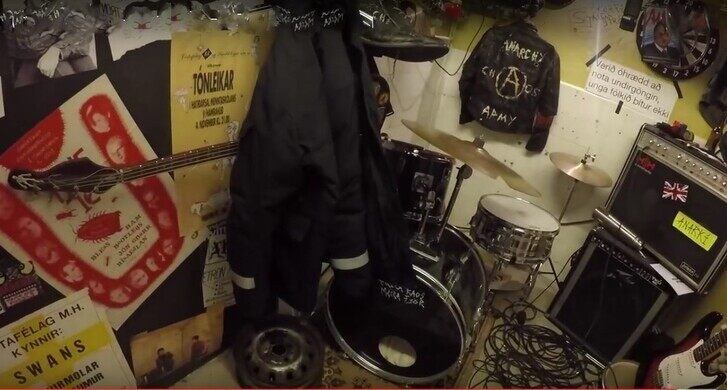
and http://www.rokksafn.is/en
http://artmuseum.is/kjarvalsstadir
http://www.skogasafn.is/
https://www.familyadventureproject.org/2012/09/eyjafjallajokull-visitor-centre/
On the quirky side, they can offer (in a converted public toilet) -
http://www.atlasobscura.com/places/icelandic-punk-museum

and http://www.rokksafn.is/en
M
Martino Knockavelli
Guest
Really love this stuff.
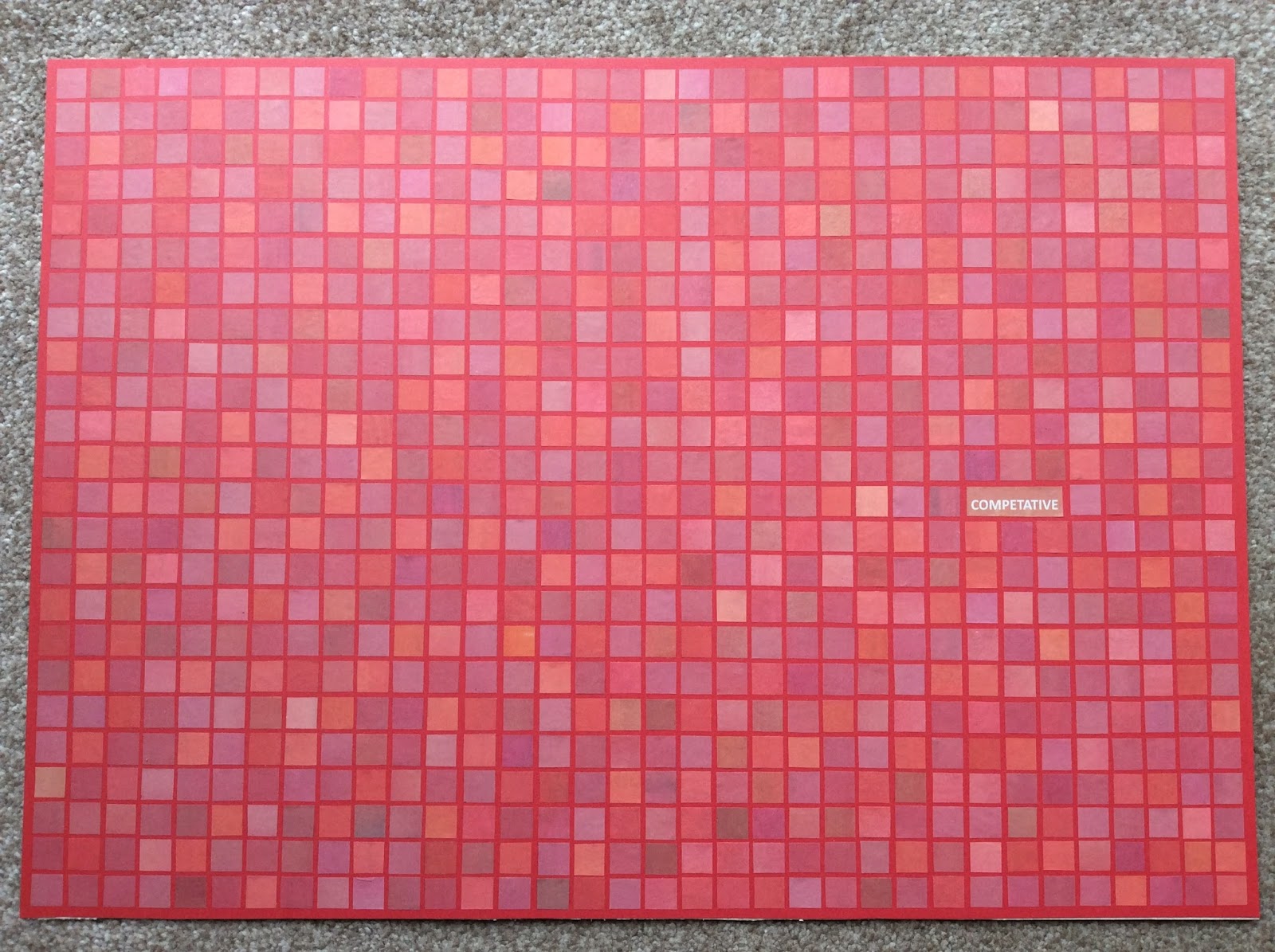
If Richter did pop-art.
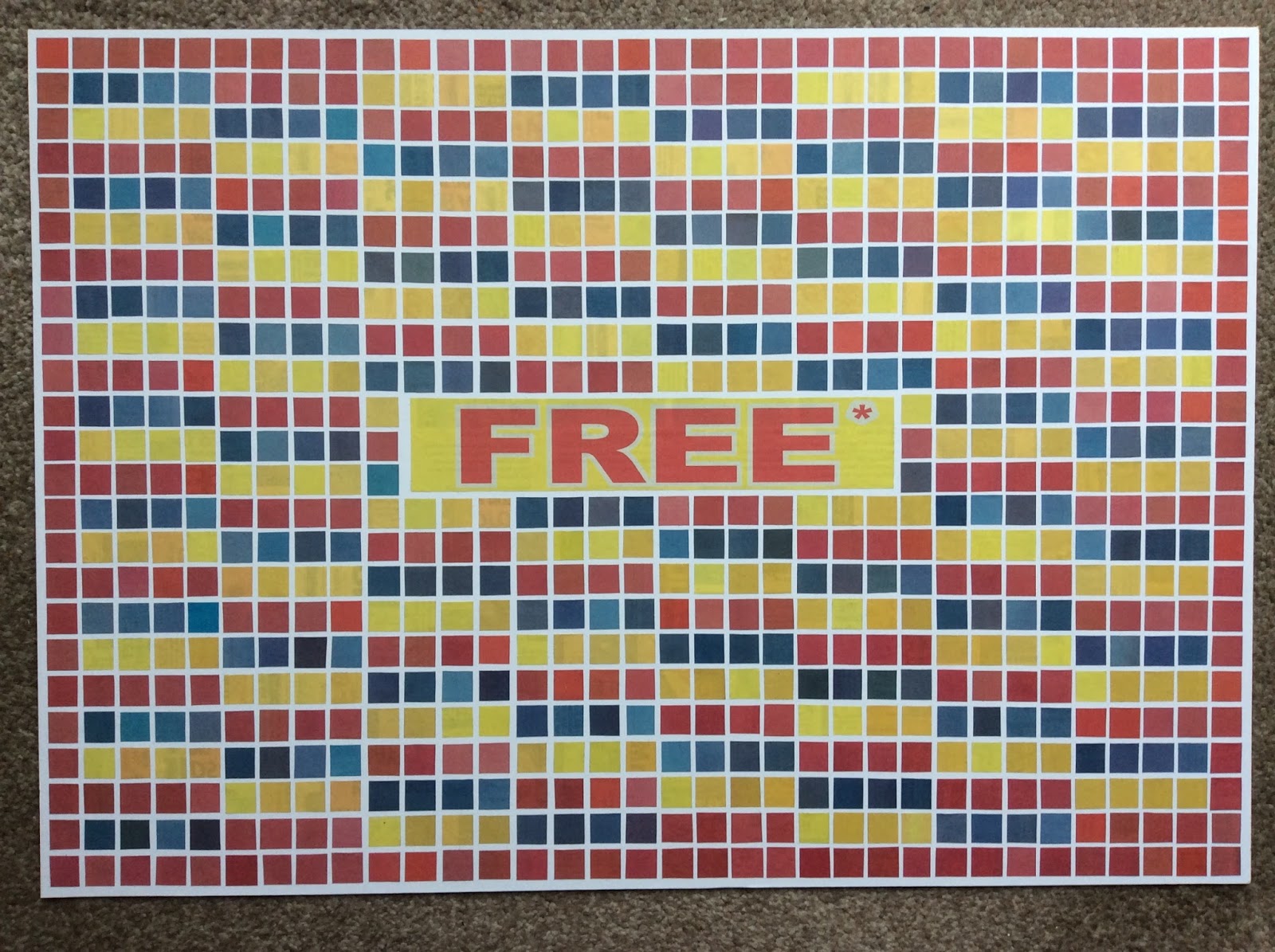
If Vasarely had been an admin for Boring Dystopia.
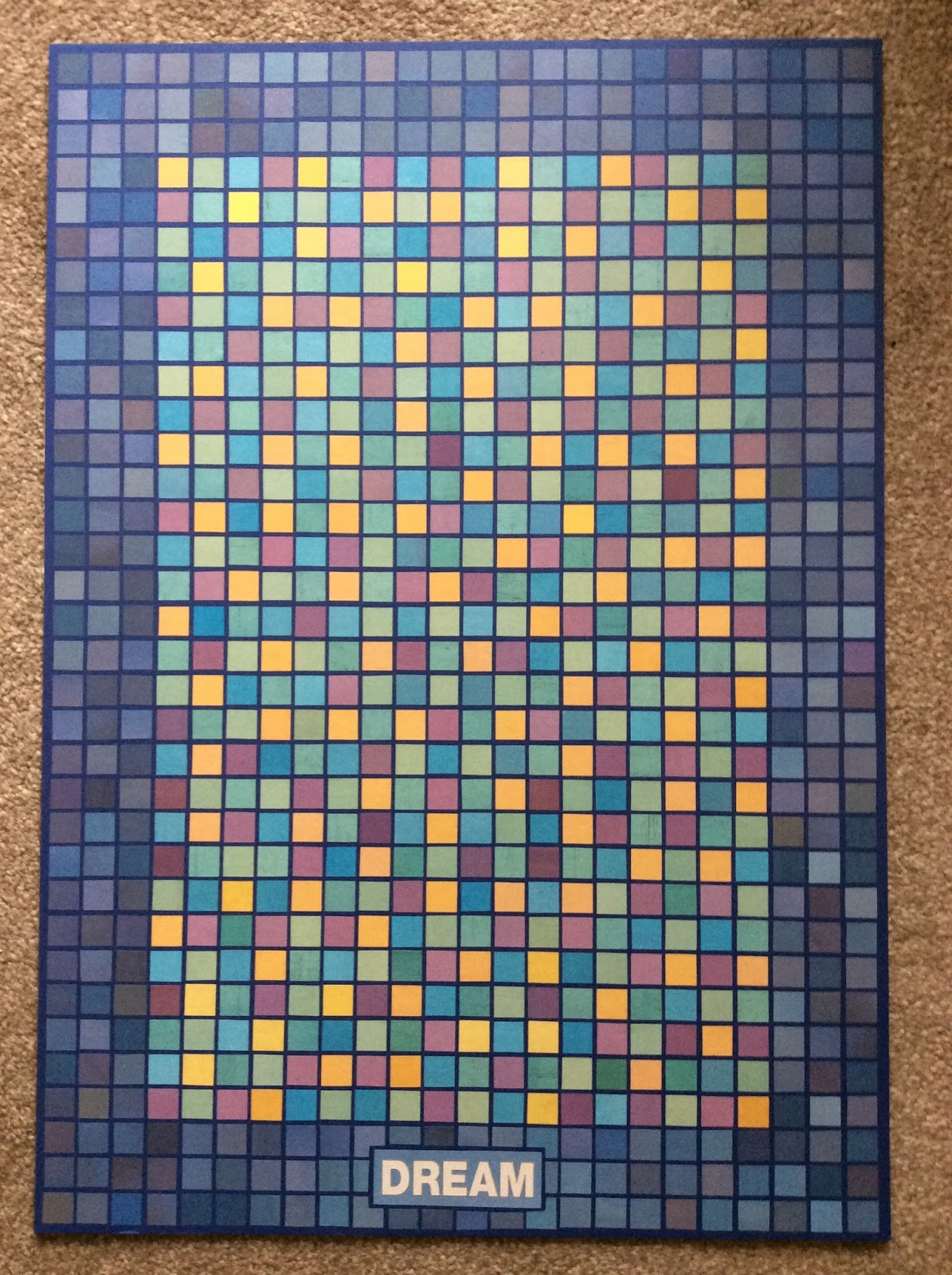
If Pollock's poison had been real ale.
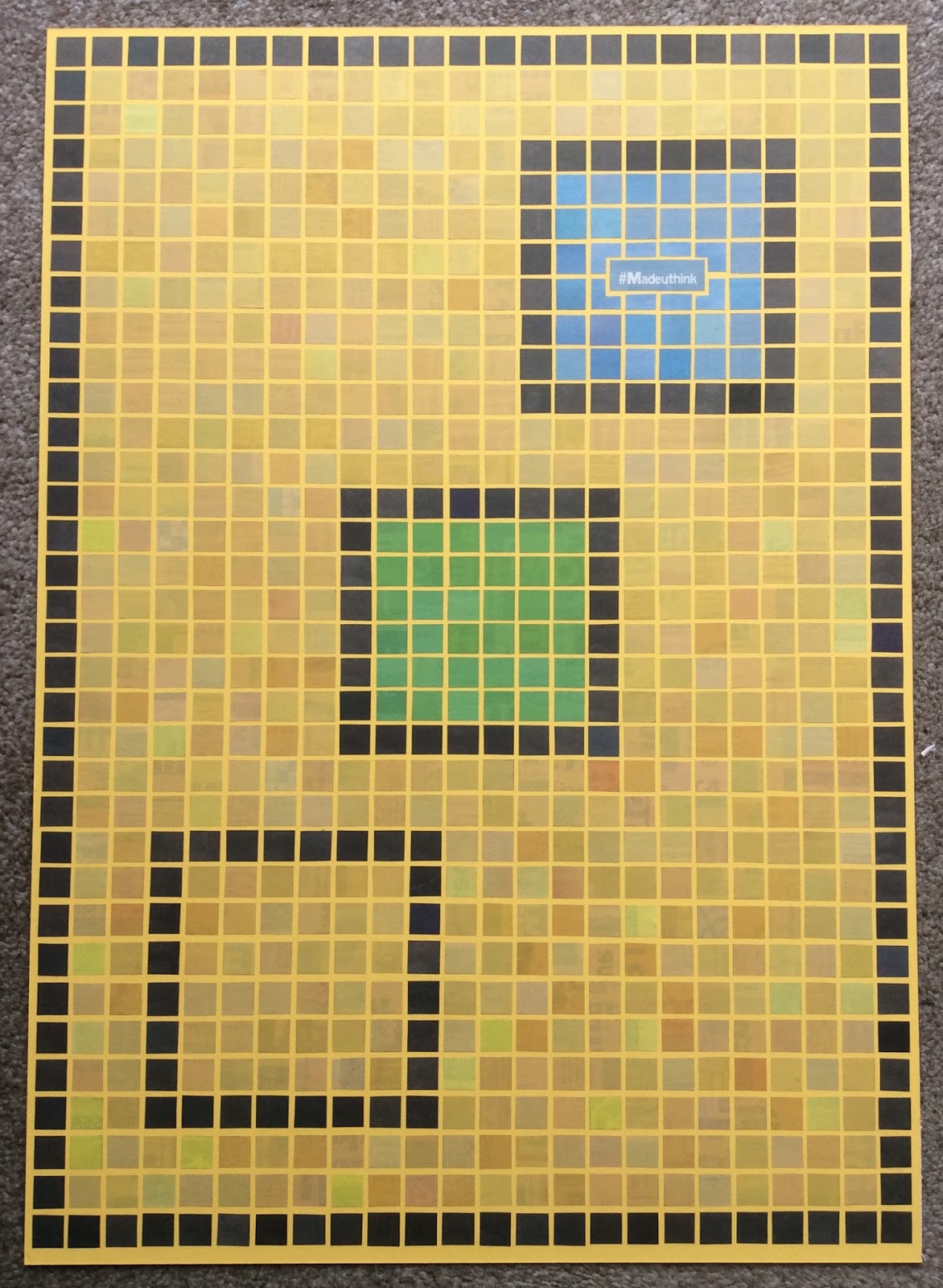
Provocative, profound, sardonic, arresting.
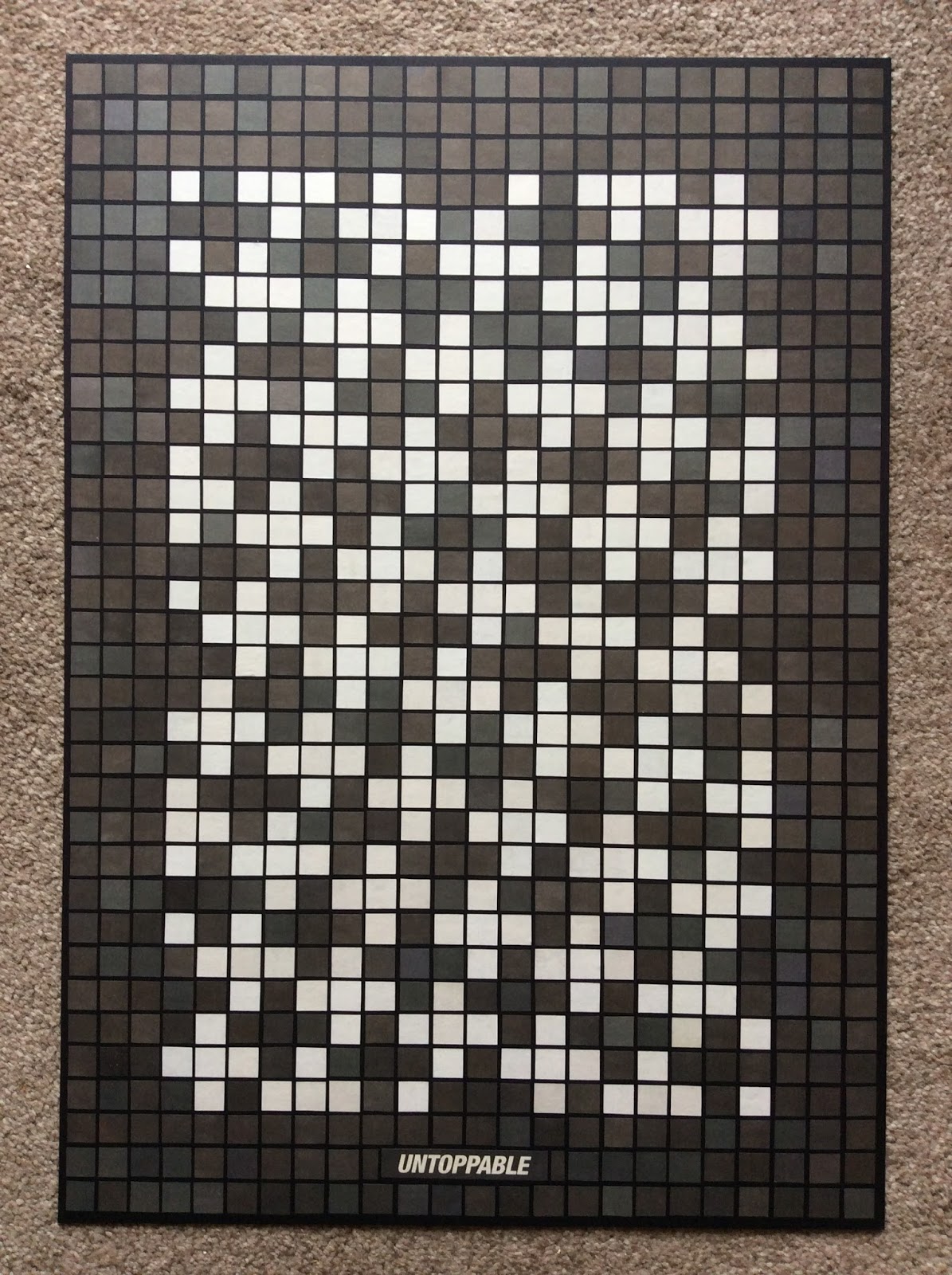
Text, subtext, texture; Langue without Parole.
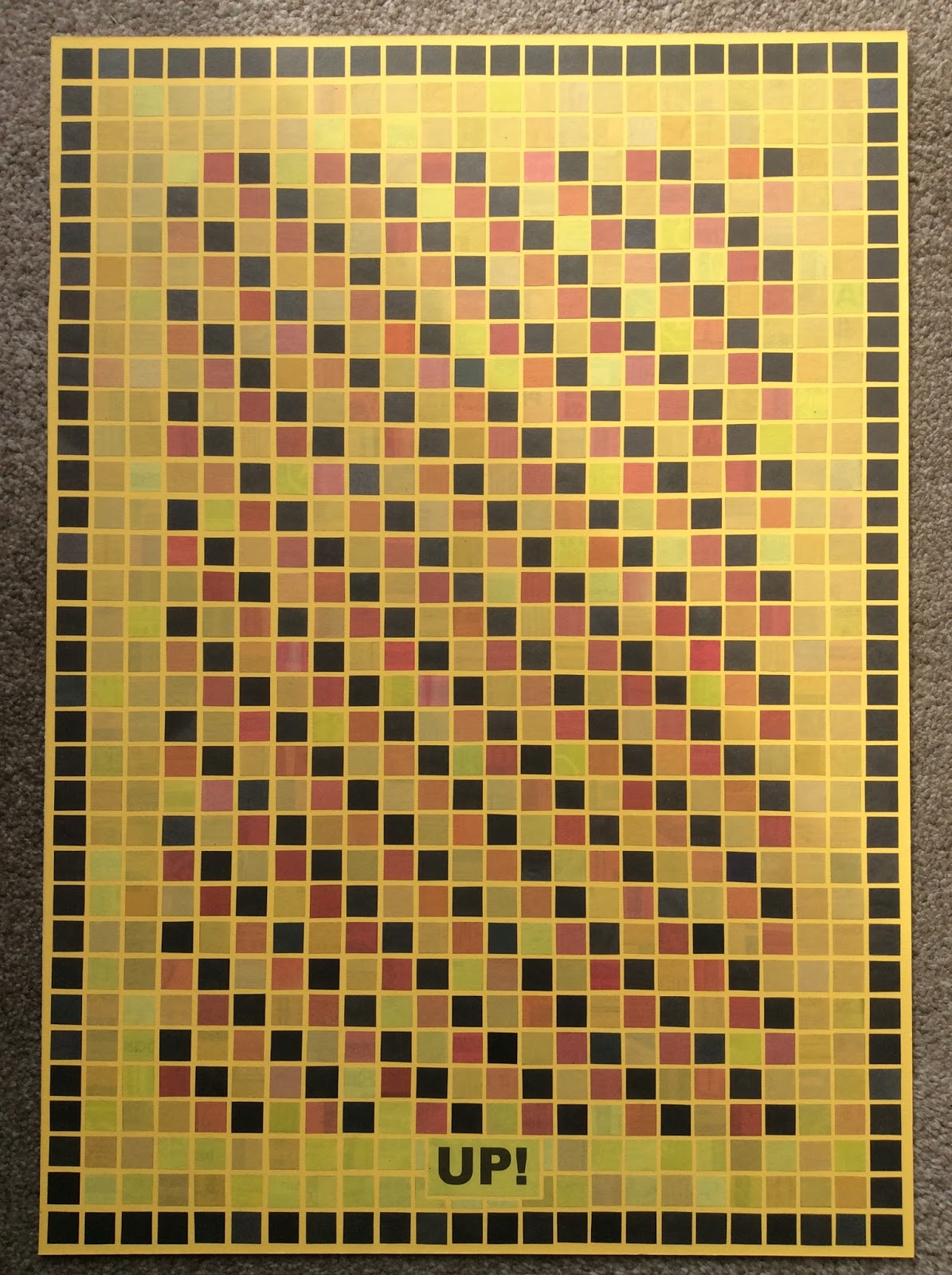
Definitely one to watch.
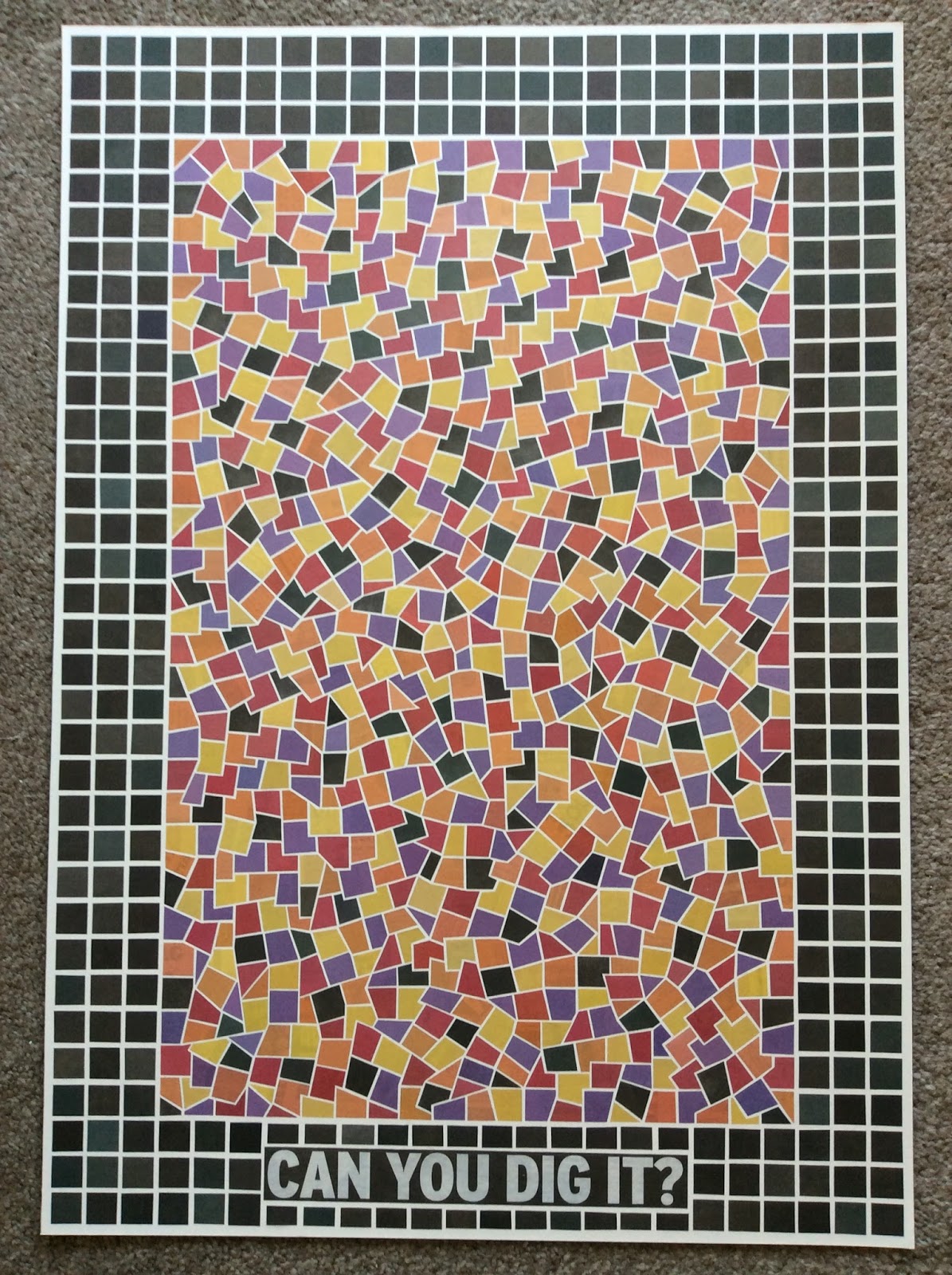
If Richter did pop-art.
If Vasarely had been an admin for Boring Dystopia.
If Pollock's poison had been real ale.

Provocative, profound, sardonic, arresting.
Text, subtext, texture; Langue without Parole.
Definitely one to watch.
ZianfrancoGoal
zero likes given
- Joined
- Jan 17, 2015
- Messages
- 380
- Reaction score
- 413
- Points
- 63
- Supports
- manfield town
not everything is a game palCould play a good game of Go on those tbf.
M
Martino Knockavelli
Guest
This body of work is fascinating also.
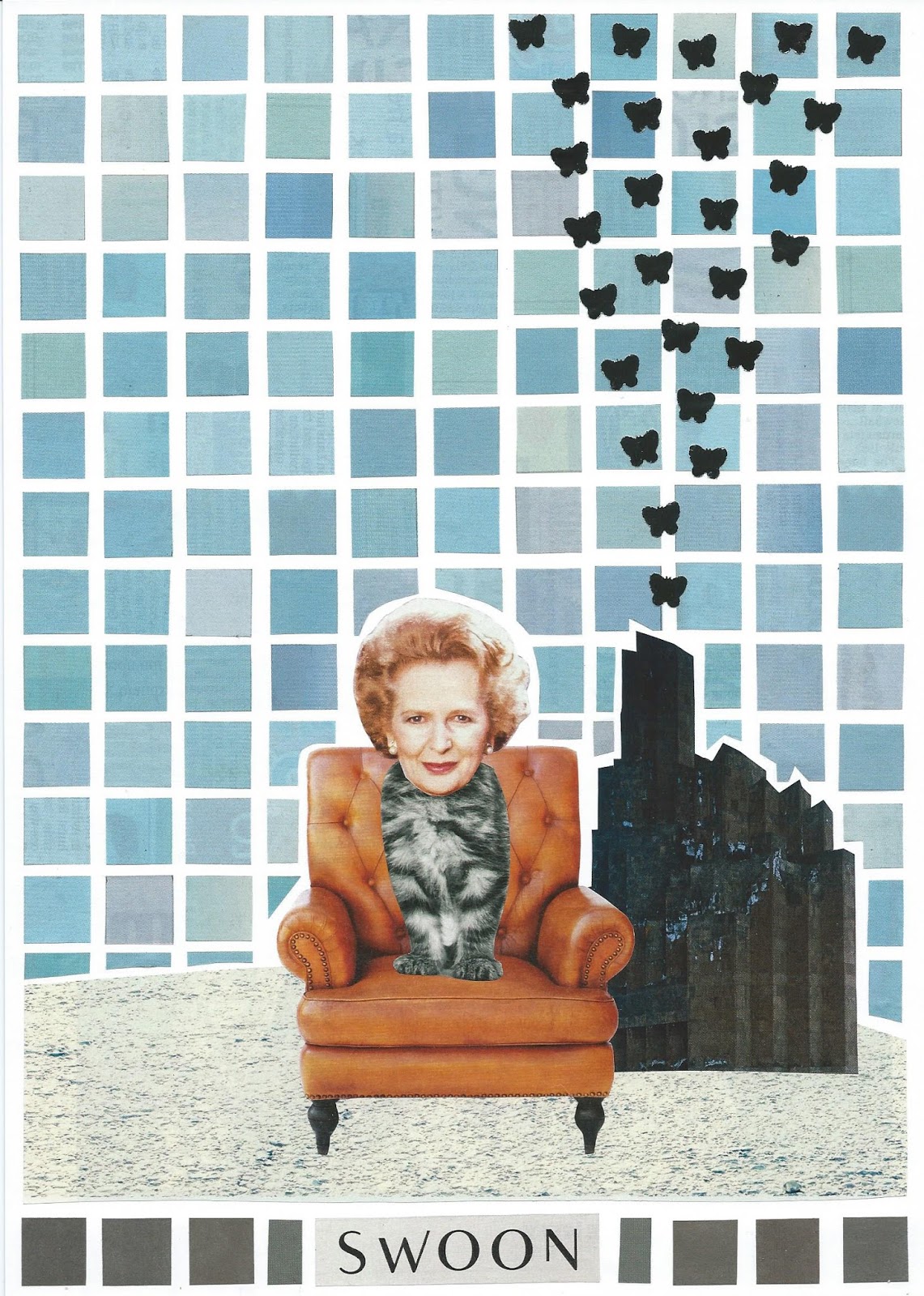
The other pieces diagnose a sickness in the world, but these diagnose a sickness in the self. One wants to turn way, to flinch in the face of such candour, but it's not possible to do so - their effect is too captivating.
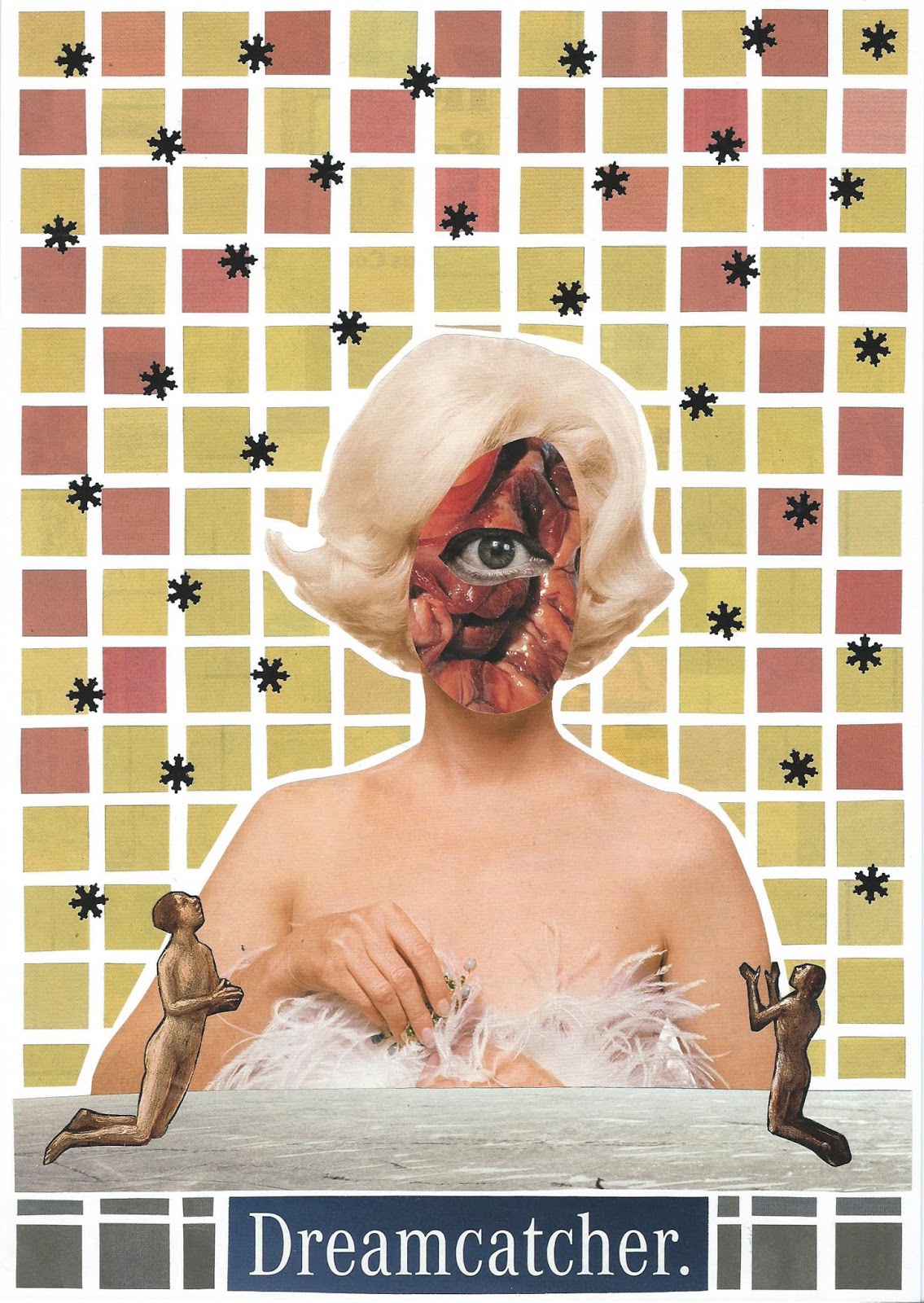
It's particularly striking how the artist synthesises a profound understanding of art history with a profound personal expression. Their riffs on the imagery of surrealism are clear, but the misogyny latent in so much of that movement has been re-purposed into something else, something surprising and mischievous, and something confessional too.
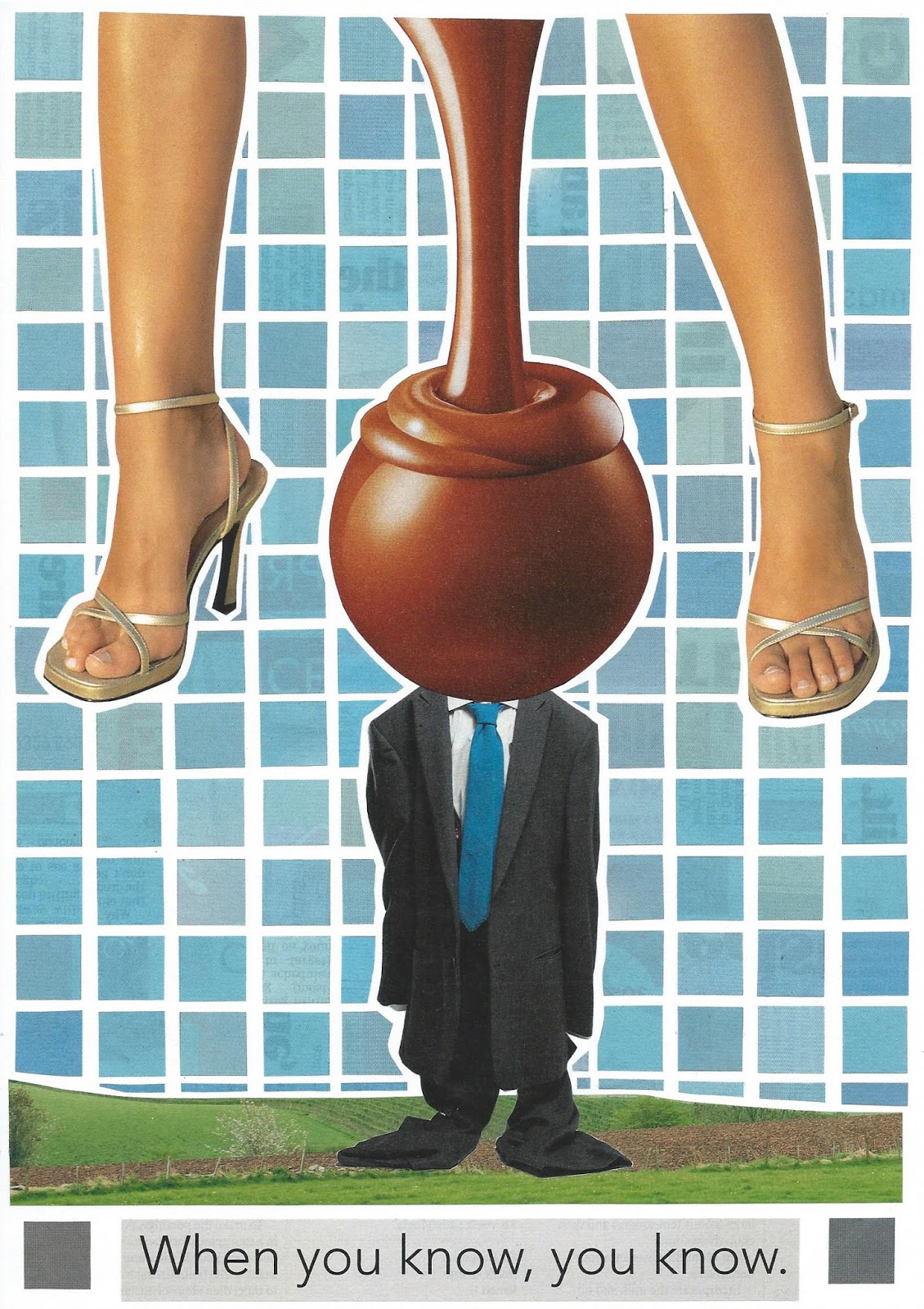
They're an admission of carnal dread, a Red Pill Linder, a profane chronicle of a psyche assaulted and adrift. They're nothing less than the divination of a private mythos.
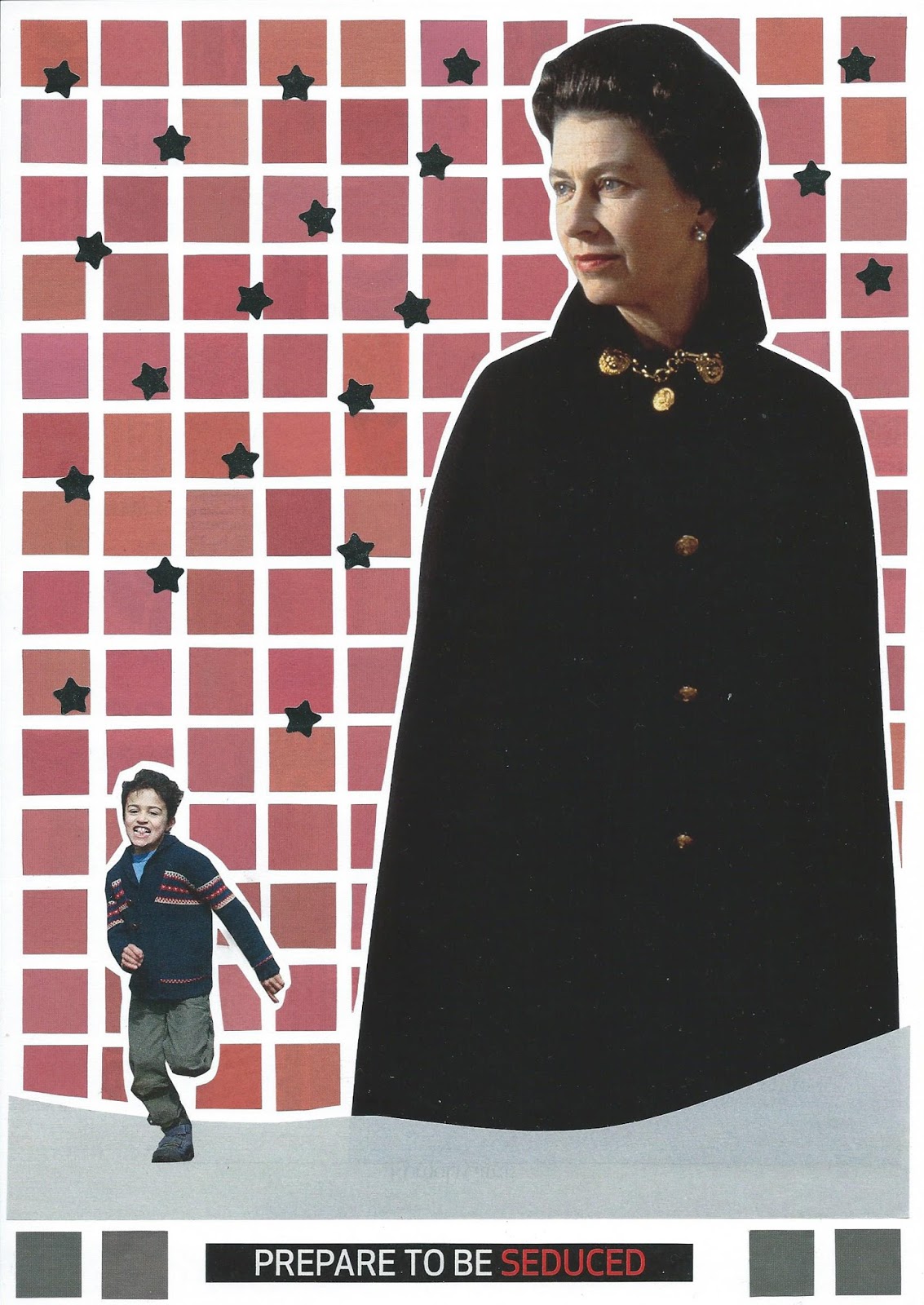

The other pieces diagnose a sickness in the world, but these diagnose a sickness in the self. One wants to turn way, to flinch in the face of such candour, but it's not possible to do so - their effect is too captivating.

It's particularly striking how the artist synthesises a profound understanding of art history with a profound personal expression. Their riffs on the imagery of surrealism are clear, but the misogyny latent in so much of that movement has been re-purposed into something else, something surprising and mischievous, and something confessional too.

They're an admission of carnal dread, a Red Pill Linder, a profane chronicle of a psyche assaulted and adrift. They're nothing less than the divination of a private mythos.

claret50
Well-Known Member
- Joined
- May 5, 2015
- Messages
- 1,804
- Reaction score
- 1,053
- Points
- 113
- Location
- Home
- Supports
- West Ham & England
I visited the Natural history museum at Tring last year which I found to be totally fascinating and would thoroughly recommend it to anyone.
http://www.nhm.ac.uk/visit/tring.html
http://www.nhm.ac.uk/visit/tring.html
dedwardp
Well-Known Member
- Joined
- Jan 23, 2015
- Messages
- 2,539
- Reaction score
- 700
- Points
- 113
- Supports
- Colchester United
I've always enjoyed popping into the National Portrait Gallery when I'm in London. I find a lot of the older, renaissance portraits a bit boring but the more contemporary stuff is interesting and some of them are insanely lifelike.
Look Out There Are Llamas
Llamas ._.
- Joined
- Jan 18, 2015
- Messages
- 4,407
- Reaction score
- 1,778
- Points
- 113
- Location
- Buckhurst Hill
- Supports
- Leyton Orient
Am I the only person who doesn't get Marty's stuff? Like, I want to get it, but I don't.
M
Martino Knockavelli
Guest
STAGAT THROUGH ART-HISTORY, A PERIODIC CONTEMPLATION.
"Street photography" is a contentious term. One may find precursors dating back to Daguerre, but simply recording an image in a street does not pin-point the essence of the term. More germane are Eugene Atget and Berenice Abbott, who speak better to the form, in aesthetic and purpose. But they are not quite there either. Better yet is Cartier-Bresson. The "decisive moment" may have ascended (or descended?) into aesthetic cliche, but it seems to me to be crucial, distilling the idea of the street photographer as a kind of flaneur; waiting (or hoping) to distil a moment of the contemporary city. A connoisseur of the happenstance, of juxtaposition, and harmony. A person observing the modern world in motion, in action, and then finding a meaningful moment, and recording it, preserving it.
Further, it seems to me that this form has evolved into something more, or something else, in this digital age. We live in an era of over-abundance, saturation. A world which seems to be hurtling forward, perhaps into the abyss, at an alacrity which is beyond our comprehension.
What better medium to document this zeitgeist than street photography? Most literature takes months to create. A novel satirising today's headlines would be out of date before even Donald Westlake could finish the second chapter. Most paintings or sculptures are weeks in making. Most musics have obstacles to creation and dissemination. But street photography? An afternoon on the boulevards, one hour on the computer, two seconds to distribute via social media, and one can disseminate a piece into the great web yonder.
And more: where to better to practice this art than China? The frontier of the new. A world unto itself on a scale beyond sense. Screaming exponentially on towards coordinates unknown. Where better to catch a discrete moment, an indiscrete image?
This is where, and how, in set and setting, Stagat works, with perspicacity, with tenacity, with talent.
But I have no experience of China. I don't know these people, or their lives, or their streets. It is a "here be dragons" on the map to me. So I respond to his work on the level of aesthetic. Through composition and colour and texture. I know China through his images, and art history is my translator.
Thanks.
"Street photography" is a contentious term. One may find precursors dating back to Daguerre, but simply recording an image in a street does not pin-point the essence of the term. More germane are Eugene Atget and Berenice Abbott, who speak better to the form, in aesthetic and purpose. But they are not quite there either. Better yet is Cartier-Bresson. The "decisive moment" may have ascended (or descended?) into aesthetic cliche, but it seems to me to be crucial, distilling the idea of the street photographer as a kind of flaneur; waiting (or hoping) to distil a moment of the contemporary city. A connoisseur of the happenstance, of juxtaposition, and harmony. A person observing the modern world in motion, in action, and then finding a meaningful moment, and recording it, preserving it.
Further, it seems to me that this form has evolved into something more, or something else, in this digital age. We live in an era of over-abundance, saturation. A world which seems to be hurtling forward, perhaps into the abyss, at an alacrity which is beyond our comprehension.
What better medium to document this zeitgeist than street photography? Most literature takes months to create. A novel satirising today's headlines would be out of date before even Donald Westlake could finish the second chapter. Most paintings or sculptures are weeks in making. Most musics have obstacles to creation and dissemination. But street photography? An afternoon on the boulevards, one hour on the computer, two seconds to distribute via social media, and one can disseminate a piece into the great web yonder.
And more: where to better to practice this art than China? The frontier of the new. A world unto itself on a scale beyond sense. Screaming exponentially on towards coordinates unknown. Where better to catch a discrete moment, an indiscrete image?
This is where, and how, in set and setting, Stagat works, with perspicacity, with tenacity, with talent.
But I have no experience of China. I don't know these people, or their lives, or their streets. It is a "here be dragons" on the map to me. So I respond to his work on the level of aesthetic. Through composition and colour and texture. I know China through his images, and art history is my translator.
Thanks.
M
Martino Knockavelli
Guest
1. The Disquieting Muses
Giorgio de Chirico was the master of proto-surrealist art. His greatest and most famous works were depictions of urban spaces, for which his muse was Turin. He painted sunbaked piazzas full of neo-classical signifiers, and pregnant with the sense that something was not quite right - the unheimlich. The perspective does not resolve. Human figures are poised as if something awful has just happened, or is about to. The placidity is disquieting. A scream echoes off the facades.
Di Chirico’s response was to modernity was to discern that something monstrous was looming. This is often communicated at the horizon of his compositions. Many of his piazzas are bounded by a rear wall, behind which something unusual lurks - a steam engine, a sail, a tower, a chimney. The Freudian import is almost too obvious to describe - a secret is partially revealed. A truth is occluded and sublimated.
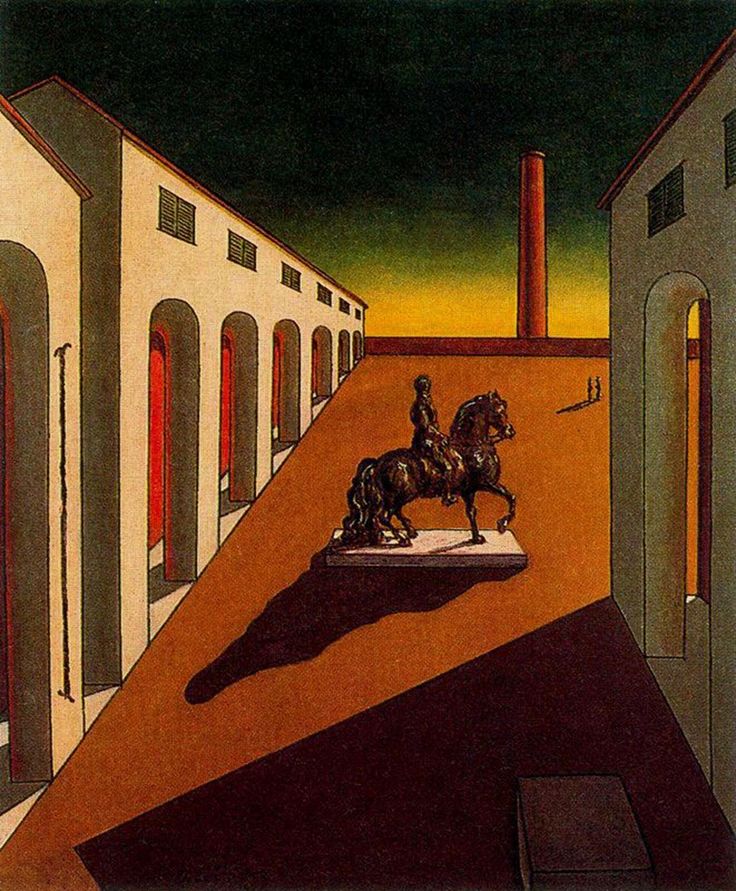
And so, the youth of Shanghai. Hanging around, lurking, killing time. Casting deep De Chirico shadows. Backed by strange, unnatural foliage. The phallic monuments of hypercapitalism looming above. The portents of the surveillance state looking on. What has occurred? What is about to? What’s next?

Giorgio de Chirico was the master of proto-surrealist art. His greatest and most famous works were depictions of urban spaces, for which his muse was Turin. He painted sunbaked piazzas full of neo-classical signifiers, and pregnant with the sense that something was not quite right - the unheimlich. The perspective does not resolve. Human figures are poised as if something awful has just happened, or is about to. The placidity is disquieting. A scream echoes off the facades.
Di Chirico’s response was to modernity was to discern that something monstrous was looming. This is often communicated at the horizon of his compositions. Many of his piazzas are bounded by a rear wall, behind which something unusual lurks - a steam engine, a sail, a tower, a chimney. The Freudian import is almost too obvious to describe - a secret is partially revealed. A truth is occluded and sublimated.

And so, the youth of Shanghai. Hanging around, lurking, killing time. Casting deep De Chirico shadows. Backed by strange, unnatural foliage. The phallic monuments of hypercapitalism looming above. The portents of the surveillance state looking on. What has occurred? What is about to? What’s next?

Last edited by a moderator:
Jay92
New Member
I like the 'Untoppable' one, Martino Knockavelli, reminds me a lot of Mondrian's 1917 piece, Compositition.
M
Martino Knockavelli
Guest
2. A New Testament
Did any painter make better use of composition in depth than Velasquez? Las Meninas is, as Borges said of Citizen Kane, "a labyrinth without a centre", an Escher shot by Gregg Toland 400 years in advance. and a number of his other works employ spatial depth in provocative and elusive ways also, posing questions about the figures that populate their envelopes, unsettling the relationships between them, and between them and the viewer.
Among them is Christ in the House of Mary and Martha. Here Velazquez plays masterfully with form and content, juxtaposing the earthy (and earthly) mundanity of bodegon genre painting with Biblical parable; the later relegated to a background insert, viewed through a hatch or portal, or perhaps in a painting or mirror. What are we to make of the relationship between the spiritual and the physical in this composition? How many renderings of Biblical scenes relegate Christ to the background, depicting him as a fraction of the size of a housemaid, emphasised less than a platter of fish, his head the dimensions of a bulb of garlic?
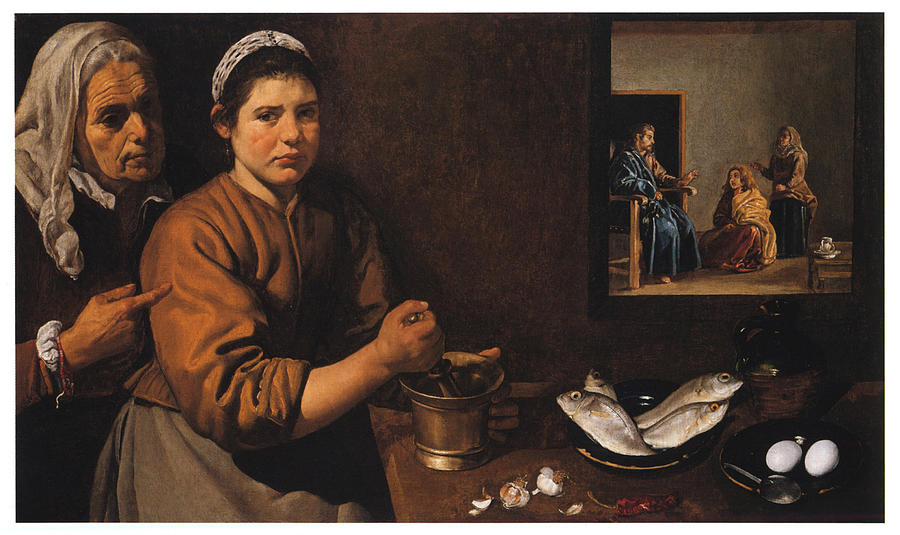
Striking use of depth of field and layered compositions are a recurring motif in Stagat's photography too, and the eches of Velasquez are particularly pronounced in this image. A man, half shabby-half sharp, is captured in motion amidst a shallow foreground of detritus and muck. Behind, a woman is at work. But the jury-rigged lighting illuminates the bodegon victuals rather than her - she is obscured, a delicate smudge in the gloom.
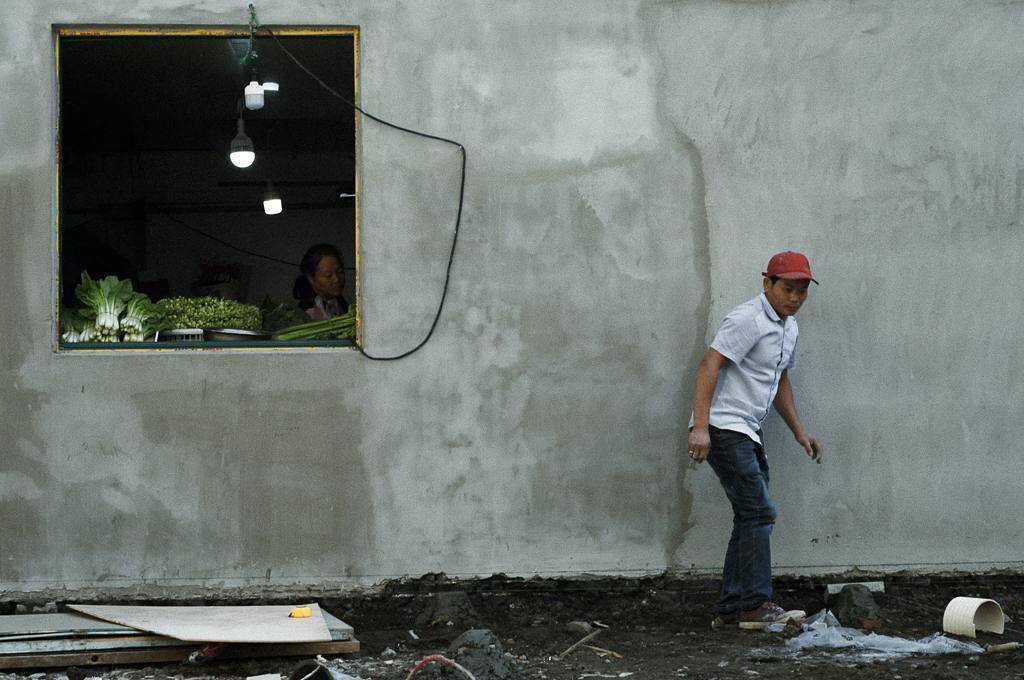
It would be easy to remark that the composition of Christ in the House... has been inverted here, both on the X and Z axes, but that is not accurate. There is no Messiah here, no matter how small, no suggestion of a spiritual life. All one can find is the temporal, and it's a grubby, dirty finger-nailed temporal at that. And unlike in the Velasquez, neither of the figures look back at us, nor acknowledge our gaze - the man appears to be studiously avoiding doing so, in fact. There's no exultation of the everyday here, it's not even plaintive nor melancholy. The green of the vegetables are the only succour, shining like the house-maid's fish. So is this "a labyrinth without a centre" or a document of something altogether worse, and bleaker: life as drudgery without divine relief, the window behind not a portal, but an abyss?
Did any painter make better use of composition in depth than Velasquez? Las Meninas is, as Borges said of Citizen Kane, "a labyrinth without a centre", an Escher shot by Gregg Toland 400 years in advance. and a number of his other works employ spatial depth in provocative and elusive ways also, posing questions about the figures that populate their envelopes, unsettling the relationships between them, and between them and the viewer.
Among them is Christ in the House of Mary and Martha. Here Velazquez plays masterfully with form and content, juxtaposing the earthy (and earthly) mundanity of bodegon genre painting with Biblical parable; the later relegated to a background insert, viewed through a hatch or portal, or perhaps in a painting or mirror. What are we to make of the relationship between the spiritual and the physical in this composition? How many renderings of Biblical scenes relegate Christ to the background, depicting him as a fraction of the size of a housemaid, emphasised less than a platter of fish, his head the dimensions of a bulb of garlic?

Striking use of depth of field and layered compositions are a recurring motif in Stagat's photography too, and the eches of Velasquez are particularly pronounced in this image. A man, half shabby-half sharp, is captured in motion amidst a shallow foreground of detritus and muck. Behind, a woman is at work. But the jury-rigged lighting illuminates the bodegon victuals rather than her - she is obscured, a delicate smudge in the gloom.

It would be easy to remark that the composition of Christ in the House... has been inverted here, both on the X and Z axes, but that is not accurate. There is no Messiah here, no matter how small, no suggestion of a spiritual life. All one can find is the temporal, and it's a grubby, dirty finger-nailed temporal at that. And unlike in the Velasquez, neither of the figures look back at us, nor acknowledge our gaze - the man appears to be studiously avoiding doing so, in fact. There's no exultation of the everyday here, it's not even plaintive nor melancholy. The green of the vegetables are the only succour, shining like the house-maid's fish. So is this "a labyrinth without a centre" or a document of something altogether worse, and bleaker: life as drudgery without divine relief, the window behind not a portal, but an abyss?
M
Martino Knockavelli
Guest
3. "The straight line leads to the downfall of humanity" - Friedensreich Hundertwasser
Or, "there are no straight lines in nature", according to his kindred spirit, Antoni Gaudi. This is, of course, incorrect. But so the cliche goes. Perhaps it would be more accurate (if less pithy) to say that straight lines are evocative of modernity. And not just straight lines, but angles, crisp corners and sharp geometries too. They are harbingers of the machine-age, of mass-production, of artefacts not shaped by human hand nor natural process. And so, unsurprisingly, they are the stock in trade of the art movements of the first half of the 20th century; of Cubism, of Vorticism, of Neo-plasticism. This was not mere aesthetic preference. It was a response to the condition of modernity, an attempt to understand a world that had, per Charles Peguy, "changed less since the time of Jesus Christ than it [had] in the last thirty years".
Nowhere was this impulse more profoundly felt than in the work of the Russian avant-garde. The revolution meant a new society, and a new society required new means of representing and seeing, a new art. This may seem naive now, risible even, but it is also precisely what makes this art so thrilling, so powerful. It was art meant to do nothing less than change the world, created by people who still believed that it could.
Which brings us to Alexander Rodchenko, and photography. How could the medium of photography, then with Eadweard Muybridge still fresh out of the dark room, help to create that new society? How to shape a new epoch via a medium associated with documenting that which already existed, that had usurped painting for realism?
Answer: By looking anew. By foregrounding viewpoint. By using lenses and the developing process to see in ways that the eye cannot. By isolating a fragment, a moment, and making it strange. Stairs (1930) is exactly that: an everyday scene abstracted, made different and new.

Is this utopian? I am not so sure. It is bold and modern, but it seems to me to be stark and disquieting also, paranoid even. A woman and child, isolated, assailed by a phalanx of Godless lines, in unforgiving, high-contrast light. Rodchenko was expelled by his artistic group a year after this image was published.
So what of Stagat? We must hope for his safety that his photography will not be deemed seditious any time soon, but the composition and effect of this image certainly recall Rodchenko's.

But where Stagat's image is less elemental it is more specific, and takes the argument further. This figure is solo, and there is no human connection here. The high-contrast lines form a tunnel. There is light, and the hazy possibility of humanity at the end, but he walks away from both. And more: picked out in brilliant white are that obligatory hyper-capitalist accoutrement, earbuds, sold to occlude Hong Kong's hyper-capitalist tumult. Rodchenko's image contains an ambivalence, or sounds a discordant note of doubt, but here there is none. This man is alone and atomised, his senses shut-off, dismissing even the possibility of union or community. All dreams of utopia are long since abandoned. Perhaps Hundertwasser was right...
Or, "there are no straight lines in nature", according to his kindred spirit, Antoni Gaudi. This is, of course, incorrect. But so the cliche goes. Perhaps it would be more accurate (if less pithy) to say that straight lines are evocative of modernity. And not just straight lines, but angles, crisp corners and sharp geometries too. They are harbingers of the machine-age, of mass-production, of artefacts not shaped by human hand nor natural process. And so, unsurprisingly, they are the stock in trade of the art movements of the first half of the 20th century; of Cubism, of Vorticism, of Neo-plasticism. This was not mere aesthetic preference. It was a response to the condition of modernity, an attempt to understand a world that had, per Charles Peguy, "changed less since the time of Jesus Christ than it [had] in the last thirty years".
Nowhere was this impulse more profoundly felt than in the work of the Russian avant-garde. The revolution meant a new society, and a new society required new means of representing and seeing, a new art. This may seem naive now, risible even, but it is also precisely what makes this art so thrilling, so powerful. It was art meant to do nothing less than change the world, created by people who still believed that it could.
Which brings us to Alexander Rodchenko, and photography. How could the medium of photography, then with Eadweard Muybridge still fresh out of the dark room, help to create that new society? How to shape a new epoch via a medium associated with documenting that which already existed, that had usurped painting for realism?
Answer: By looking anew. By foregrounding viewpoint. By using lenses and the developing process to see in ways that the eye cannot. By isolating a fragment, a moment, and making it strange. Stairs (1930) is exactly that: an everyday scene abstracted, made different and new.

Is this utopian? I am not so sure. It is bold and modern, but it seems to me to be stark and disquieting also, paranoid even. A woman and child, isolated, assailed by a phalanx of Godless lines, in unforgiving, high-contrast light. Rodchenko was expelled by his artistic group a year after this image was published.
So what of Stagat? We must hope for his safety that his photography will not be deemed seditious any time soon, but the composition and effect of this image certainly recall Rodchenko's.

But where Stagat's image is less elemental it is more specific, and takes the argument further. This figure is solo, and there is no human connection here. The high-contrast lines form a tunnel. There is light, and the hazy possibility of humanity at the end, but he walks away from both. And more: picked out in brilliant white are that obligatory hyper-capitalist accoutrement, earbuds, sold to occlude Hong Kong's hyper-capitalist tumult. Rodchenko's image contains an ambivalence, or sounds a discordant note of doubt, but here there is none. This man is alone and atomised, his senses shut-off, dismissing even the possibility of union or community. All dreams of utopia are long since abandoned. Perhaps Hundertwasser was right...
r1ch1e
Active Member
- Joined
- Jan 18, 2015
- Messages
- 162
- Reaction score
- 29
- Points
- 28
- Supports
- Redbridge & Dagenham
I really enjoy the Wildlife Photographer of the Year exhibition at the National History Museum. Is on now until May.
And I'm saying this as someone who doesn't have an interest in photography or animals. It's the one cultural thing I do every year, would highly recommend.
And I'm saying this as someone who doesn't have an interest in photography or animals. It's the one cultural thing I do every year, would highly recommend.
SITE SPONSORS
| W88 | W88 trang chu | KUBET Thailand |
| Fun88 | 12Bet | Get top UK casino bonuses for British players in casinos not on GamStop |
|---|---|---|
| The best ₤1 minimum deposit casinos UK not on GamStop | Find the best new no deposit casino get bonus and play legendary slots | Check out UBEAMTV IPTV | only at Infinity View IPTV .net
| No-Verification.Casino | Justuk's list of 100 non gamstop bookies | Bideford's only UK non gamstop casino reviews | miglioriadm.net: siti scommesse non aams | Casinos that accept PayPal | Top online casinos |
